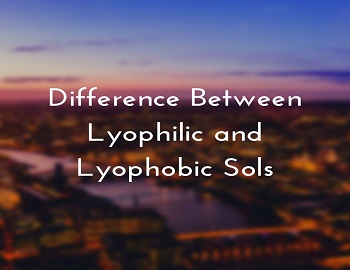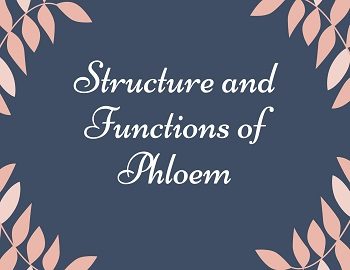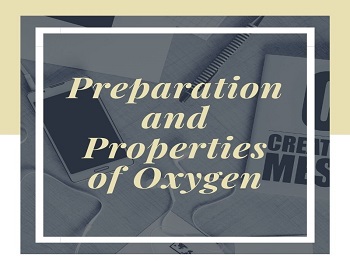Anomalous Behaviour Of Fluorine:
Fluorine, the first member of halogen family shows exceptional behaviour as compared to other members of the family due to the following reasons-
- It has extremely small size.
- It has very high values of ionisation energy and electronegativity.
- It has no vacant d-orbitals in its valence shell.
- Low dissociation energy of F2 molecule (158 KJ/mole).
- It shows a strong tendency to form H-bonds.
The main points of difference are as follows-
- Oxidation State- Fluorine due to its high electronegativity shows only -1 oxidation state in its compounds. It does not show high oxidation states due to the absence of vacant d-orbitals in its valence shell. Other halogens show -1, +1, +3, +5 and +7 oxidation states due to their low electronegativities and presence of vacant d-orbitals in their valence shells.
- Covalency- Fluorine shows only +1 covalency (in F-F molecule) while other halogens can show covalency even up to +7 as they contain vacant d-orbitals in their valence shell.
- Hydrogen Bonding- Due to its high electronegativity, fluorine shows a strong tendency to form H-bonds in its compounds with hydrogen, while other halogens form oxyacids of the type HClO, HBrO, HIO, HClO3, HBrO3, HIO3, HClO4 and HIO4.
- Formation of hexafluorides- Fluorine because of its high electronegativity easily transforms S into +6 oxidation state thereby forming a stable hexafluoride SF6. No other halogens forms the hexahalide.
- Reactivity- Because of the low dissociation energy of the F2 molecule, fluorine is the most reactive of all the halogens and thus displace other halogens from their salt solutions.
- Oxidising Nature- Fluorine acts as a stronger oxidising agent than the other elements of the halogen family because it has a more tendency to accept an electron due to its high electronegativity and electron-affinity.
- Homologous Analogous And Vestigial Organs
- Lamarckism And Neo-Lamarckism
- Darwinism or Theory of Natural Selection
- Constituents of Food: Carbohydrates, Proteins, Fats & Vitamins
- Asexual Reproduction- Types, Characteristics And Significance
- Vegetative Propagation: Natural & Artificial Methods
- Tamil Board: Living World









Comments (No)